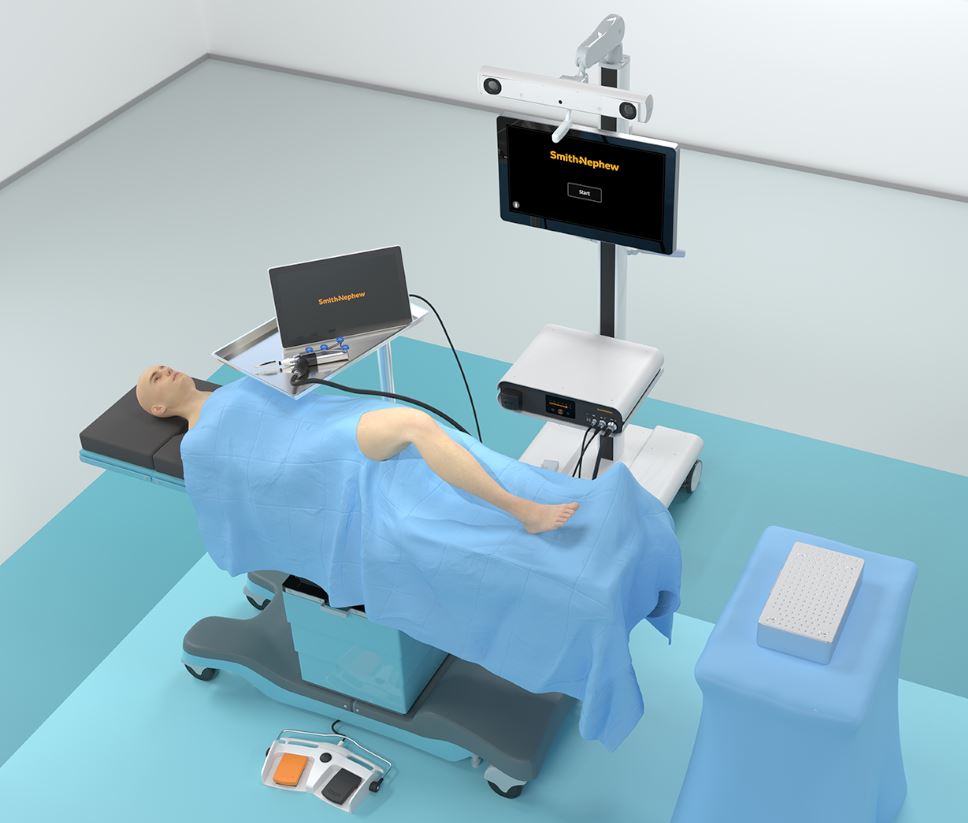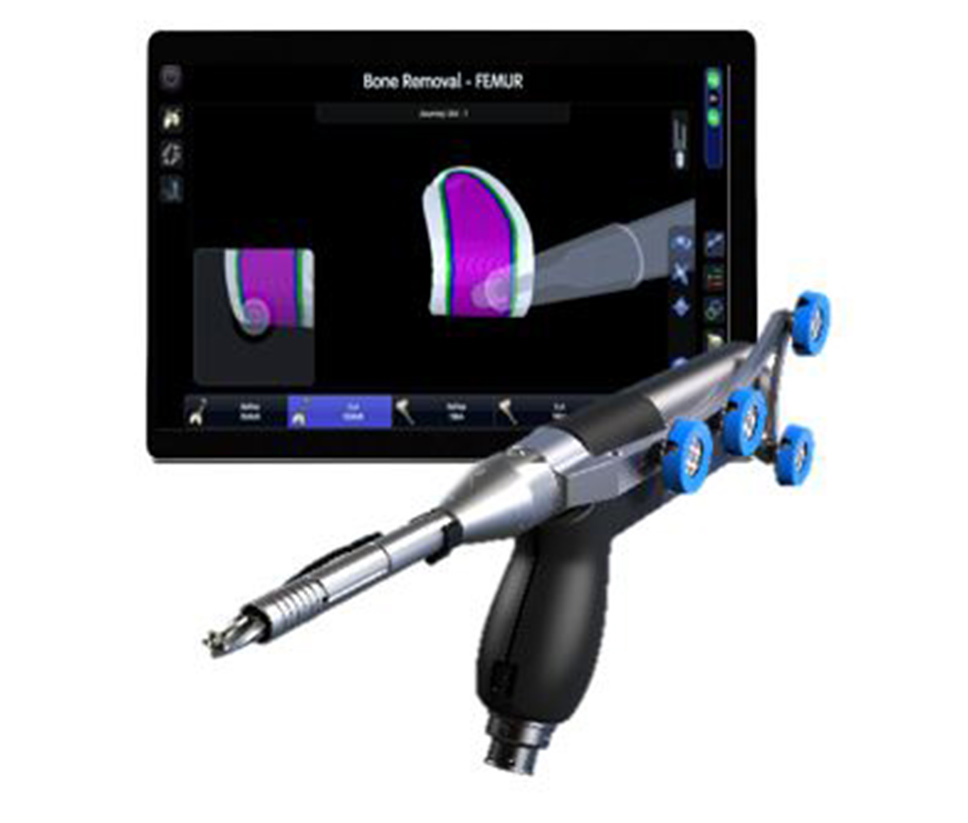

Real-Time Mapping Of Bone And Cartilage Through Landmark Collection And Point Mapping, Without Preoperative Imaging.
Read more
The CORI Surgical System Provides Portable, Handheld Robotics with The Smallest Footprint+ In Knee Arthroplasty...
Read more
The CORI Surgical System Is Designed To Help Surgeons Achieve More Accuracy In Bone Resection And Alignment Using Artificial Intelligence
Read moreYour knee replacement surgery is personalized, considering how your knee is shaped and the implant used. To make sure your new knee is in the right position, doctors use the CORI (CORE OF REAL INTELLIGENCE) Surgical System. Getting the implant aligned properly is crucial for how long it will last.
Surgery for knee implants has come a long way since it began in 1968. The initial procedures used manual guides, external pins, and cutting jigs to remove damaged cartilage and fit in a prosthetic implant. Long rods were drilled into the central canal of the thigh bone, which was the reference point for surgical cutting guides. However, recent advancements have made the process much simpler and more precise. Personalized surgical plans can now be created for each patient using CT scan image guidance. The CORI Surgical System is the latest innovation in this field, which is a robotics-assisted platform that uses CT-free technology to provide accurate implant sizing and positioning, eliminating the requirement for rods. This system is effective for both knee replacement (partial and total) procedures.
The CORI system offers two crucial benefits for individuals undergoing Knee Replacement Surgery. Firstly, it enables the surgeon to create a highly personalized plan that is tailored to the unique anatomy and movement of the patient's knee. This system does not require CT scans, which are known to expose patients to potentially harmful radiation, unlike other robotic-assisted platforms like CORI. Secondly, the use of robotic assistance results in greater accuracy, which directly translates to better long-term results and surgical outcomes. The CORI system is suitable for knee replacement surgeries, be it replacement of only one part of the knee or complete implantation.
Partial knee replacement is the ideal solution for patients who suffer from osteoarthritis in only one area of their knee. This procedure involves replacing only the damaged portion of the knee while leaving healthy cartilage and ligaments intact. The result is a prosthetic implant that works in harmony with your knee joint, providing a smooth and natural feeling when moving. Patients who undergo partial knee replacement typically experience less pain, faster rehabilitation, and a sense of normalcy in their knee.
With the CORI system, your surgeon can create a precise 3D model of your knee, without the need for a pre-operative CT scan. This detailed information allows your surgeon to determine the ideal size and position of the implant, which is crucial for optimal knee alignment and joint stability. Utilizing the robotic assistance of CORI, your surgeon will surgically remove only the damaged bone and precisely place and adjust your partial knee implant, leaving you with a perfectly fitting and functioning knee.
Total knee replacement is a highly effective procedure in orthopedic surgery, with over 600,000 performed in the U.S. every year. It involves the complete replacement of the entire knee joint with a prosthetic implant designed to perfectly replicate the shape, motion, and stability of your natural knee joint. The results are remarkable, with 90% of patients experiencing a significant reduction in knee pain and an overall improvement in their ability to perform routine work.
Just as in the partial knee procedure described above, your surgeon creates a 3D representation of the unique anatomy of your knee without the need for a pre-operative CT scan.
Your surgeon uses your knee anatomy information to determine the correct size and position of the implant and creates a surgery plan unique to your anatomy.
© 2025 Dr.Ateet Sharma All rights reserved. | Manage by Nexus